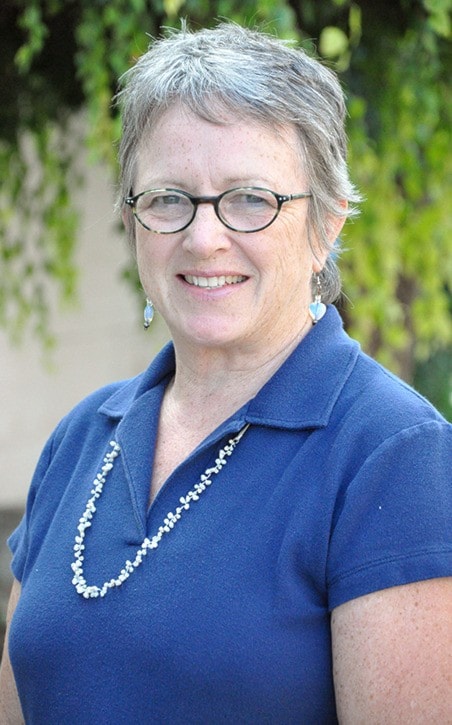Opening to grace is an action, a verb, like loving. Christian faith is not a set of beliefs; it is a way, an action. Christian faith contains a variety of sets of beliefs, tenants and stories, but as Jesus said, it can all be boiled down to the Shema: Love the Lord your God with all your heart, your mind, your strength and your soul, and love your neighbour as yourself: an action, or practice.
The Sundays of September through to Thanksgiving, in many United churches, is called the Season of Creation. Last week, we looked at pictures of some of the world’s most amazing trees (Google the world’s seven most amazing trees). These pictures are an appreciation of God’s world and begs the question, “ How tenaciously do we hold onto core values of life?”
The Quaking aspen in Utah, named Pando, has a root system that spans 100 acres and shoots up a forest of trees to form the world’s heaviest organism. The celebrated Montezuma Cypress in Oaxaca, Mexico, is believed to be 2,000 years old. The “Tree of Life” which 100 miles off in the desert all by itself, sends its roots hundreds of feet down to aquifers deep in the Earth.
The persistent and peculiar nature of the growth of various trees can guide us to some of the same meditations as we read in Genesis about being “kin” with all creation. Do we realize our neighbours’ health is connected with ours? Much of the scriptures state that we are "born to search for God,” or to stand in awe of the mystery of life.
Consider the parable of the Tree of Tenere, which died in 1973, a 10-foot acacia estimated to be more than 300 years old. This one tree survived in the desert long after its whole forest of sister trees was buried by desert sands, and 250 miles from any other tree it was struck down by a drunk driver!
Trees reach to the light; they sip all the nurture and goodness around them. There is much to contemplate and learn from trees, from their growth, their sway, their presence, their survival and demise. The growth of trees seems like a seeking of spirit. Do we seek spirit? Or are we careless about how we grow and learn?
Christians muse about being “born of water and the spirit”. What shift would happen in the world if all people, in their moment-to-moment relationships, indulged in a clear recognition of interdependence with trees and all creation? Would we value more what we make from them? Would we use less stuff and recycle more? Would we value all life? Did you and your children talk about or participate in the Climate Change March?
This reflective emphasis on creation in worship is meant to help us shift. How do creation and humans sustain one another? In the church, we allow ourselves to be taught by and incorporate the patterns of nature because we accept that God, “Godness” or goodness is in all things.
We breathe; breathe out; give thanks.
We sing together, words like, “Each icy peak, every patterned shell, the joyous chorus that the dawn foretells, make full the circle of God. Each cosmic hue, every creature’s way, all form the beauty of his vast array, making full the circle of God.”
Go meditate on a tree, touch a tree and consider how we might better respect all of life. An all-encompassing love is what God is about.
Rev. Shelley Stickel-Miles is pastor of Creston’s Trinity United Church.
